The US's plan to impose reciprocal import taxes of up to 46% on goods from more than 75 countries, including Vietnam, has caused many strategic export industries to face great challenges.
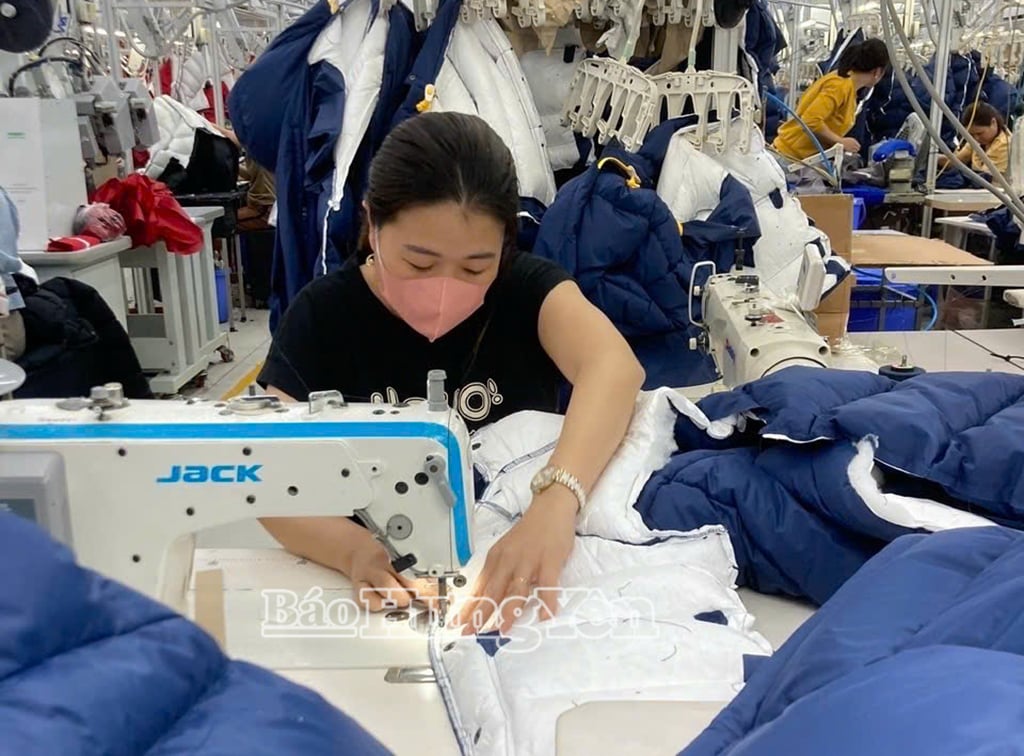
Although the official tax rate is being postponed for 90 days, the US has immediately applied an additional tax rate of 10%, pushing the total tax rate on Vietnamese garments to about 28%, creating great pressure on the textile and garment industry of the whole country in general and the textile and garment enterprises of the province in particular. Hung Yen province currently has about 200 enterprises operating in the garment sector, of which more than 90 enterprises have a scale of 100 employees or more. According to the Department of Industry and Trade, in the first 4 months of the year, the production and business situation of textile and garment enterprises in the province was quite favorable. The textile and garment industry's output achieved positive results with more than 103.3 million garment products, an increase of 13.42% over the same period last year. However, after the US planned to impose a reciprocal import tax of up to 46% on goods, many textile and garment enterprises are closely following the negotiations between the Vietnamese and US governments to develop plans for production and business activities. Along with that, taking advantage of the 90-day period when the US temporarily suspended the imposition of a reciprocal import tax of 46%, textile and garment enterprises are accelerating the export of contract orders to the US; at the same time, they are making efforts to negotiate closely with customers, calculating the risk sharing of the current 10% tax rate, as well as tax issues after the 90-day period to regulate production costs in the most effective way. Mr. Hoang Manh Hung, General Director of Thong Nhat Garment Joint Stock Company, Thu Sy Commune (Tien Lu) said: The company's main customers are currently US enterprises. In the first 4 months of the year, the company exported nearly 1 million garment products to the US market. Compared to the same period last year, the company's production situation has achieved a fairly good growth rate. During the 90-day tax deferral period, the company received requests from customers to speed up delivery to take advantage of the deferral period. The company's order volume from the US market has been secured until July this year. However, with the assessment that the outlook for the fourth quarter is still uncertain, as major brands do not have clear plans. Therefore, even in the best-case scenario, the number of orders in 2025 from the US market will decrease; The second quarter is forecast to grow positively, while the third quarter may begin to weaken. To ensure production activities, the company is currently expanding the market, looking for customers in some countries such as China, Japan... Along with that, the company is promoting the strategy of enhancing the value chain: Focusing on high-end product lines, investing in modern machinery, and linking with other units for production cooperation... Mr. Nguyen Quang Diep, Director of Hong Quang Garment Company Limited (An Thi) commented: If the 46% tax rate is implemented, many garment enterprises in the province will be at risk of losing competitiveness. Because currently, the average profit margin of the textile and garment industry only fluctuates at 5-12%, having to compete fiercely with other countries. To ensure the production and business plan for 2025, the company implements solutions to control input costs by carefully studying brand standards and market demand for selective investment, not spread out investment. Along with that, the company cooperates with other enterprises to expand scale, self-manage production, avoid relying too much on import sources. Mr. Nguyen Xuan Duong, Vice President of Vietnam Textile and Apparel Association said: Currently, Hung Yen textile and garment industry is facing many big challenges. With the US planning to impose reciprocal import tax of up to 46%, the Government has directed ministries, branches and localities to closely follow developments, forecast scenarios and respond flexibly. Vietnam Textile and Apparel Association and related sectors, authorities at all levels have recommended that enterprises develop response scenarios, reduce dependence on single markets, develop their own brands and exploit potential markets. In addition, localities and functional sectors have stepped up creating conditions (in logistics, customs procedures...) for enterprises to promptly speed up delivery as soon as possible during the period of temporary suspension of the application of new reciprocal tax rates. Functional sectors and localities of the province continue to closely follow the direction of the The Central Government and market developments have promptly provided guidance and support to help the province's textile and garment enterprises overcome difficulties most effectively. Departments and branches have proactively guided enterprises to take advantage of the 90-day tax deferral to restructure the market, promote domestic consumption, and reconnect with other potential partners. At the same time, support is provided to remove customs and logistics procedures, clear credit, and reduce production costs. Functional branches and localities of the province also promote information to enterprises about opportunities from new-generation free trade agreements (FTAs). This will be a solid legal foundation for enterprises to expand their markets in a sustainable manner, less affected by political fluctuations. Key markets such as the EU, Japan, Korea, China, Russia, Belarus and ASEAN and domestic markets are being identified as strategic pillars of exports in 2025. In particular, the European market is increasingly tightening requirements for green and recycled products, which is a challenge but also a driving force for enterprises. upgrading production and enhancing chain linkages. Faced with increasingly diverse trade barriers, the province's businesses need to clearly define their strategies: Diversifying markets and products; mastering technology, optimizing productivity and quality; proactively adapting to global tariff and environmental barriers.
Source: https://baohungyen.vn/doanh-nghiep-det-may-o-hung-yen-chu-dong-ung-pho-truoc-suc-ep-thue-quan-tu-my-3181339.html


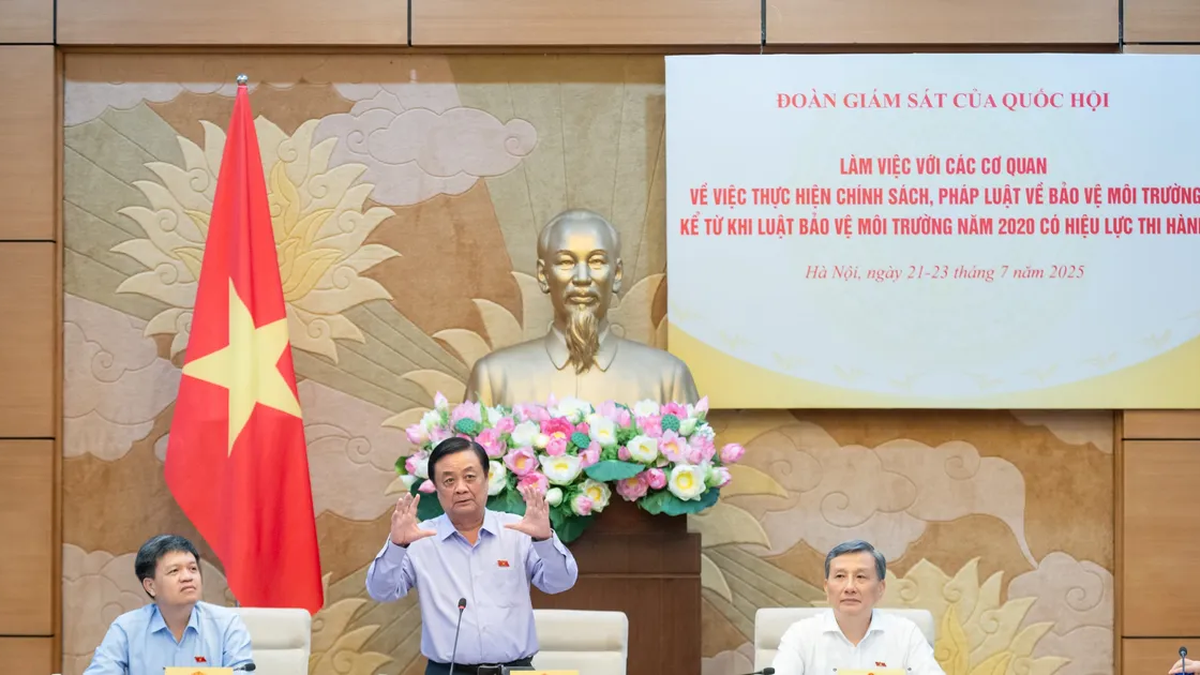


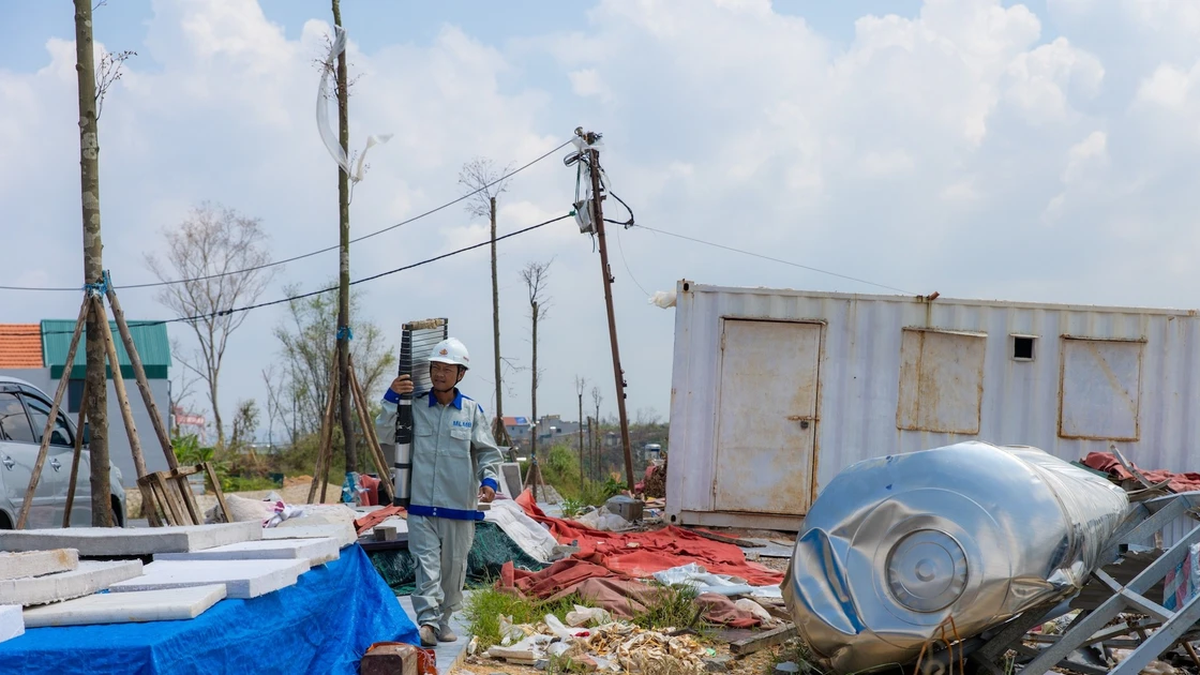
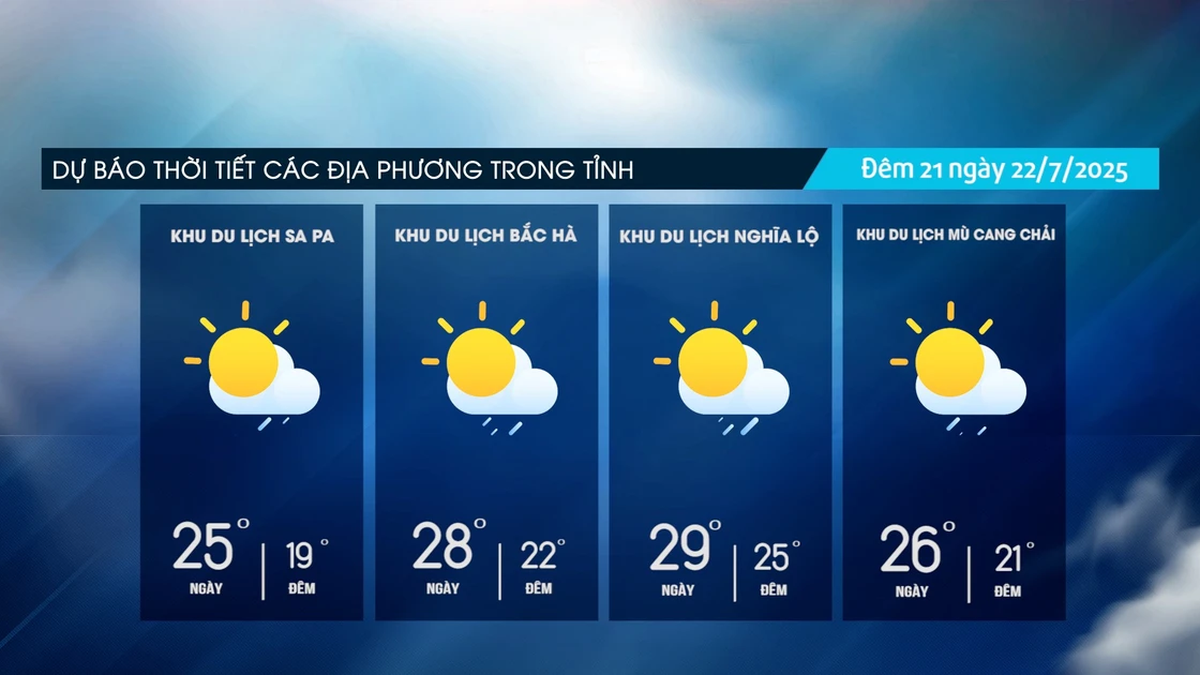
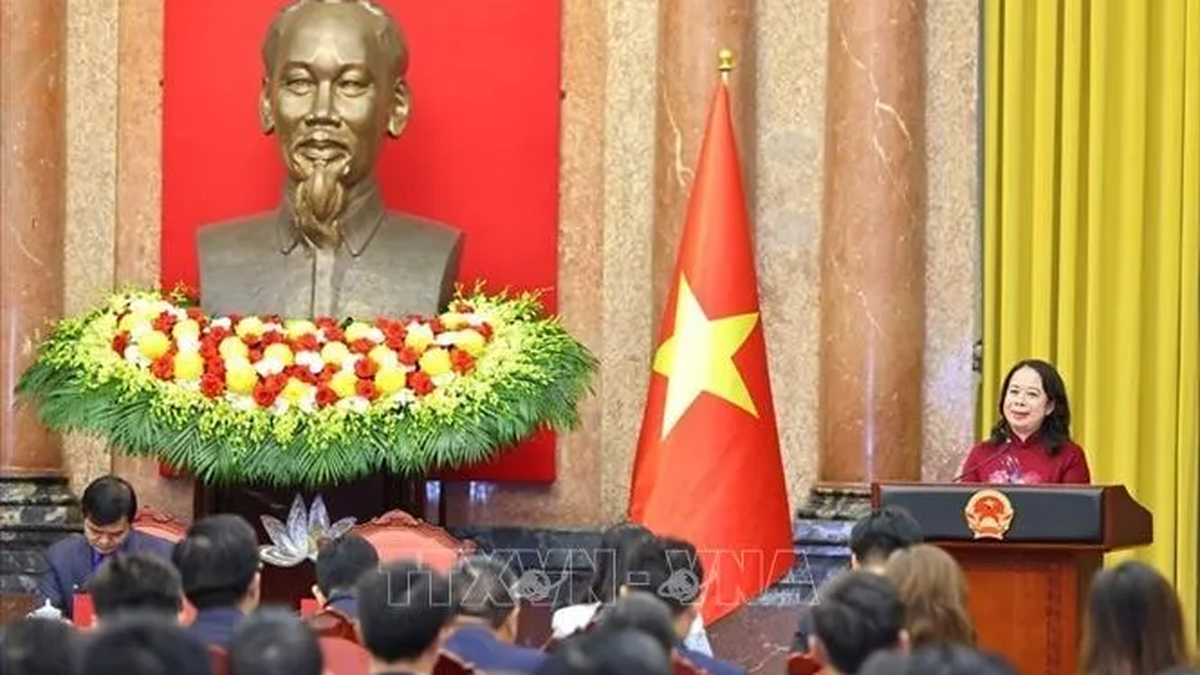


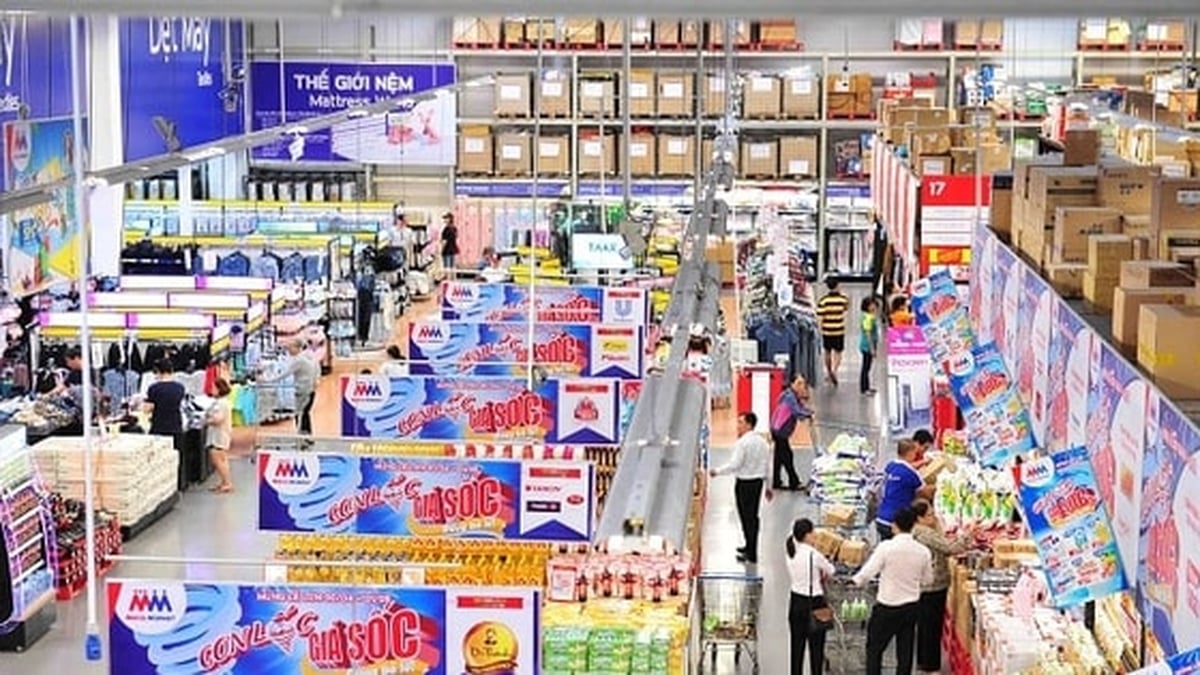
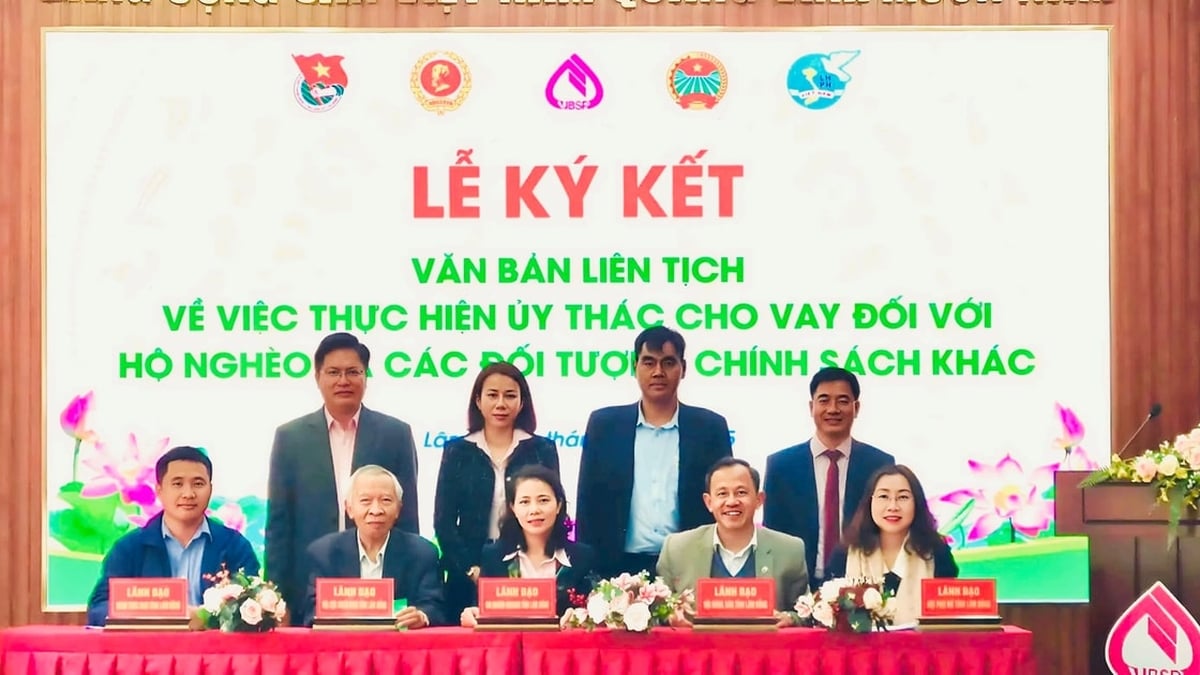



















![[Photo] National Assembly Chairman Tran Thanh Man visits Vietnamese Heroic Mother Ta Thi Tran](https://vphoto.vietnam.vn/thumb/1200x675/vietnam/resource/IMAGE/2025/7/20/765c0bd057dd44ad83ab89fe0255b783)





























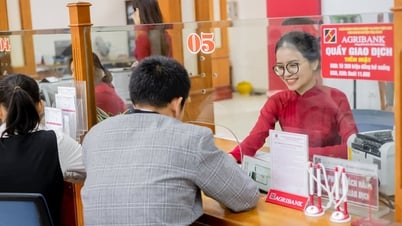

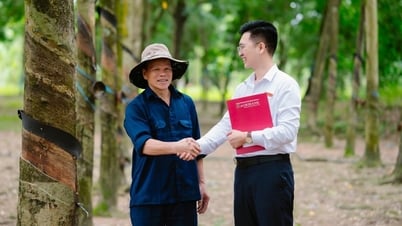


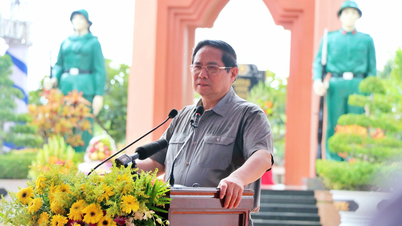
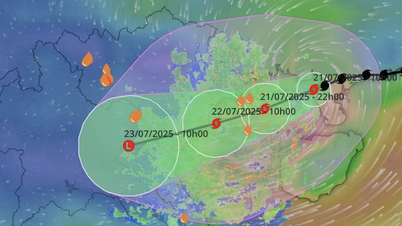







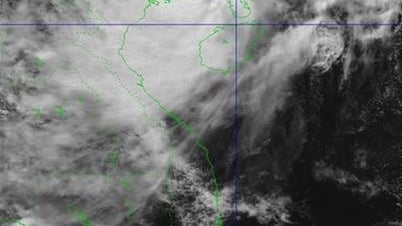



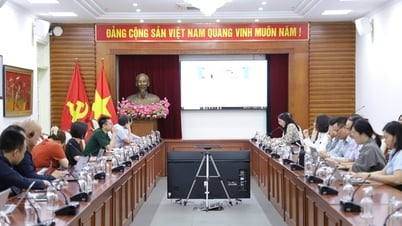




















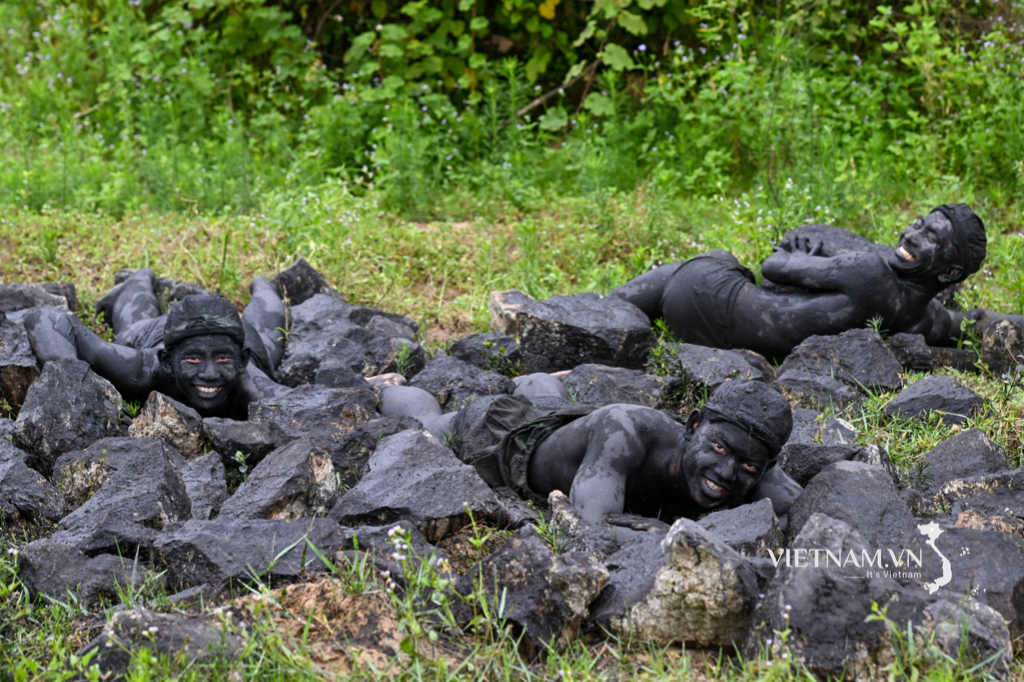
Comment (0)